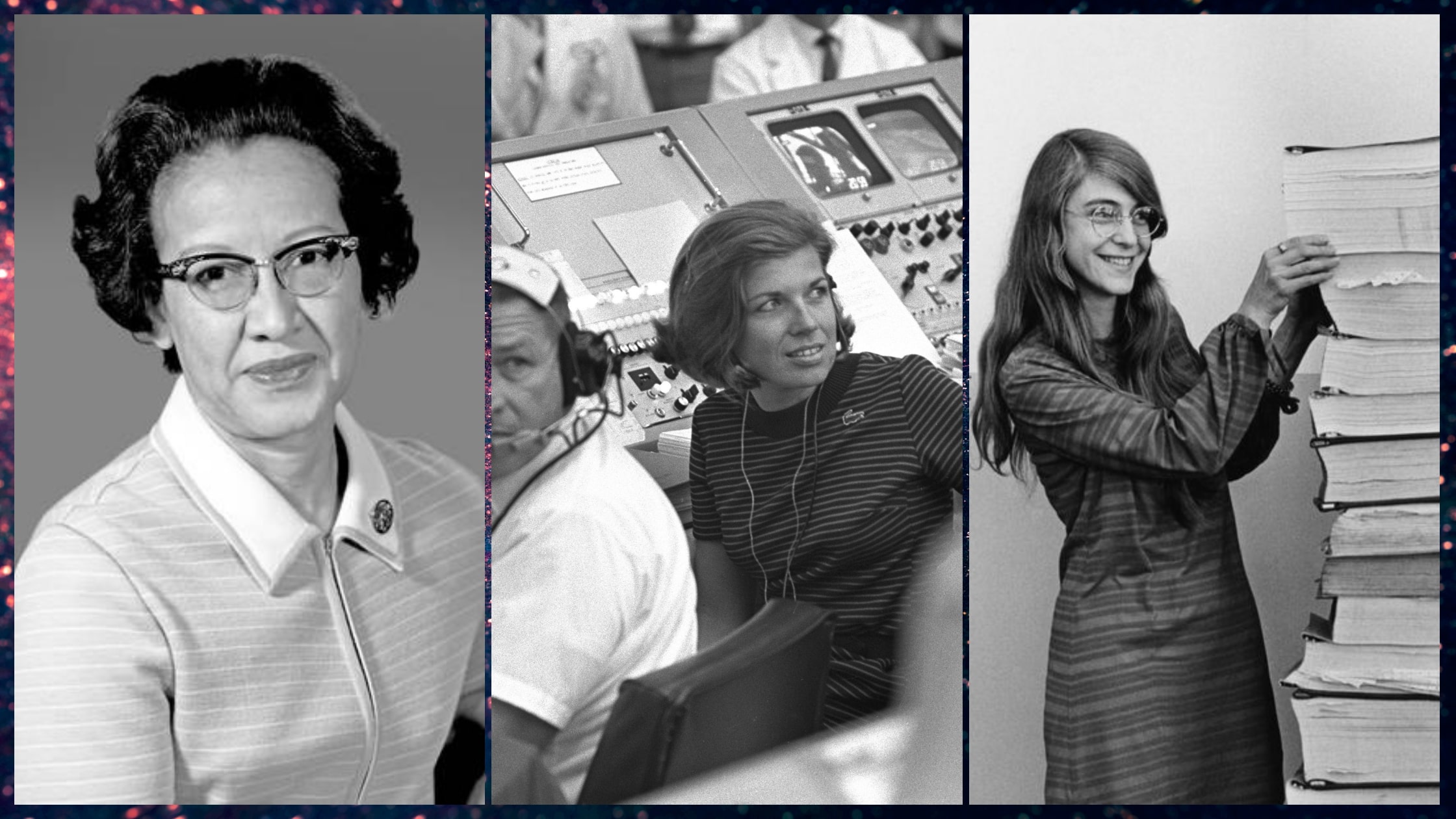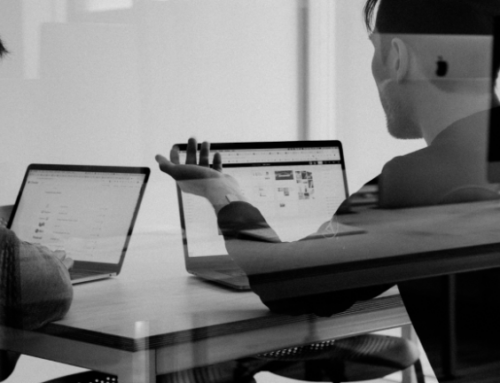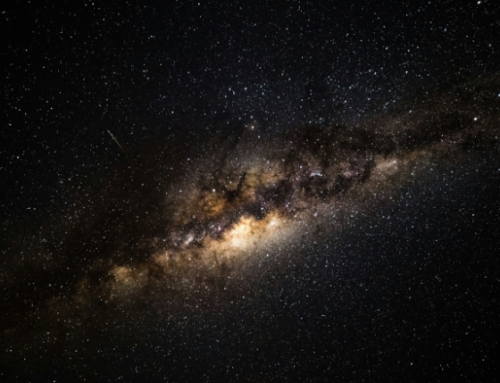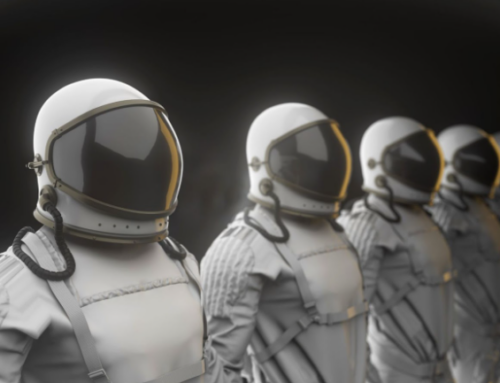Women have been the backbone of space exploration since the industry was first established. For many years, women were seemingly missing from featured space missions and headlining images of NASA and its subsequent space explorations. For the 565 people that have gone to space, only 59 have been women. Clearly, more female representation is needed, even in our current space industry, yet their impact has proved significant in the sector.
Starting from the earliest days of NASA, we feature the pioneering women who have helped advance space exploration and evolve the sector to where it is today — and how they can help us explore deeper into our solar system in the future. From astronauts and scientists to engineers and other innovative female talents, we break down the significant impact women have had on the space industry.
Katherine Johnson

Katherine Johnson (photo credit: NASA)
While her name became more widely recognized due to the 2016 Academy Award-nominated film, Hidden Figures, Katherine Johnson wasn’t always given the credit she deserves in space exploration’s success. Johnson joined NASA as a mathematician after graduating college with top honors in 1958 when the space agency was first established. She joined a group of African American employees, who were designated as “human computers” for their brilliant and quick mathematical minds (long before personal computers existed) and they played a crucial role in the formation of the space industry. Johnson faced racial and gender discrimination at the agency, but earned a reputation for her brilliance, proving her prowess by calculating trajectories, launch windows, and emergency return paths for Project Mercury spaceflights during her 35-year career at NASA.
In 1960, Johnson was the first woman to receive credit as an author in a research project. She also helped with trajectory analysis for Alan Shepard’s May 1961 mission and John Glenn’s orbital space mission. Johnson’s talent was crucial to these pioneering space explorations, especially for the development of lunar lander craft to sync with the command and service modules.
Today, Katherine Johnson is remembered rightly as an American hero whose reputation for mastering complex manual calculations helped pioneer the implementation of computers to perform today’s tasks. NASA has recognized her for the historic role as the first African-American woman to work as a NASA scientist. In 2015, she received the Presidential Medal of Freedom and she was awarded the Congressional Medal for her extraordinary contributions in 2019.
JoAnn Hardin Morgan
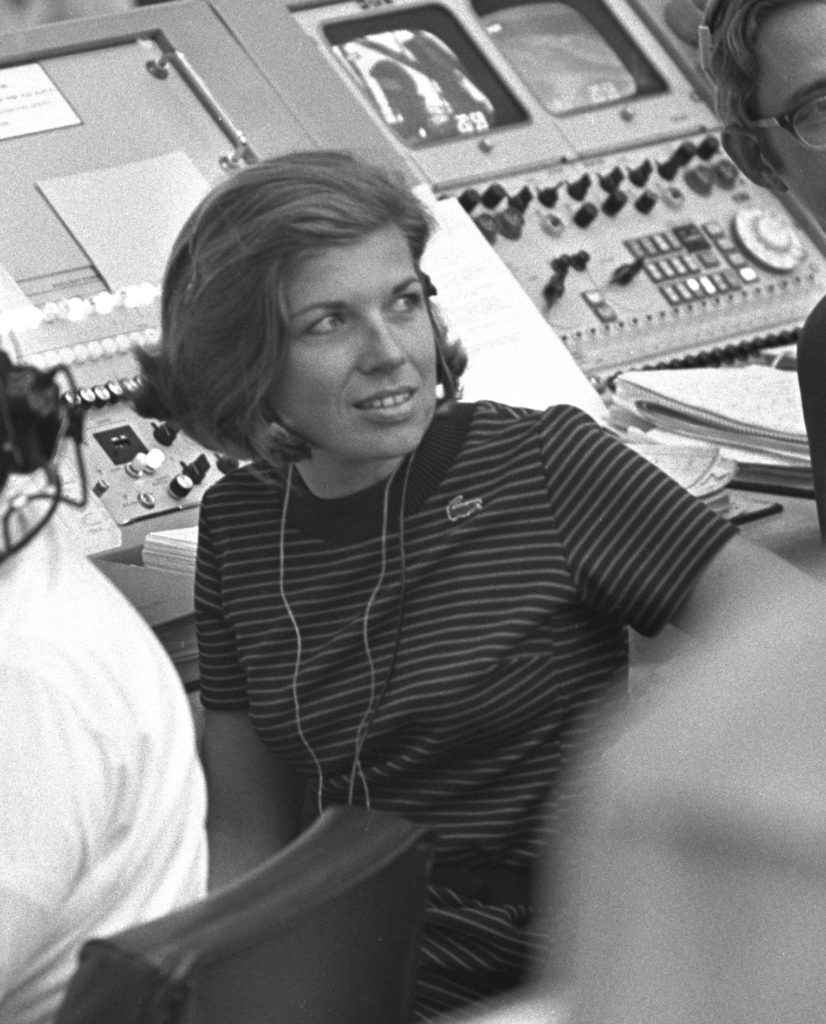
JoAnn Morgan (photo credit: NASA)
Another trailblazer in space exploration, JoAnn Hardin Morgan, was instrumental as the only female engineer at NASA and in the firing room during the launch of Apollo 11 in July 1969. As the first female engineer at the space agency and later the first female senior executive at the Kennedy Space Center, she commanded a legacy of leadership in the industry.
Morgan started as an engineering aide at the agency, where she gained hands-on experience designing rocket launch computer systems for the agency’s initial flight programs. During her time at NASA, Morgan endured gender discrimination. Thankfully, Morgan had the support of her advisor, Jim White, who helped secure a safe working environment for Morgan. Her hard work and determination showed, going into overnight shifts ahead of launches to prepare a few hours before the men.
When Apollo 11 launched, she made her impact as an instrumentation controller. She later explained to the Associated Press, “I was there. I wasn’t going anywhere. I had a real passion for it. Finally, 99% of them accepted that ‘JoAnn’s here and we’re stuck with her.’”
Her determination and leadership at the agency paved the way for other female engineers, eventually leading to more inclusive measures. For her contributions at NASA, Morgan was honored in 1995 and 1998 as a Meritorious Executive. Prior to her 2003 retirement, she held various leadership positions over four decades in many manned space flight programs at NASA. Morgan also served as the External Relations and Business Development director during her final years at the space center.
Margaret Hamilton
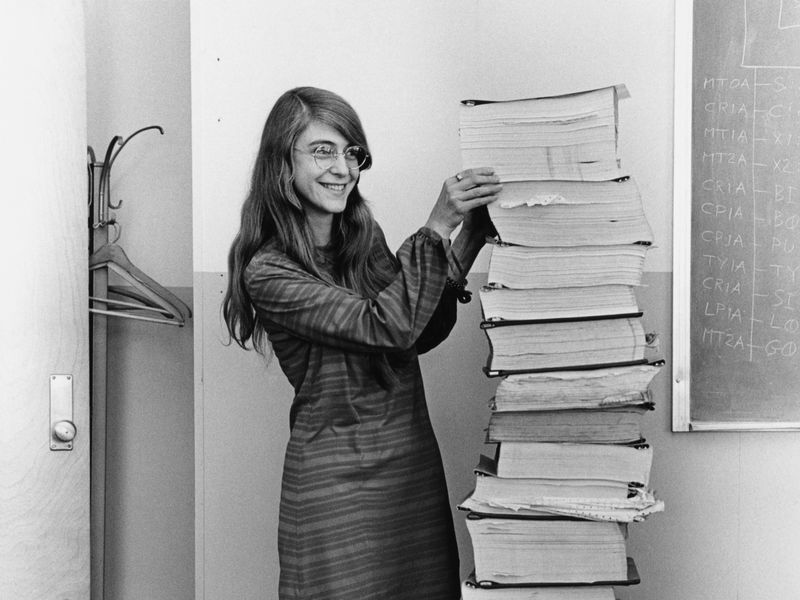
Margaret Hamilton (photo credit: Smithsonian Magazine)
Considered the founding mother of software engineering, Margaret Hamilton is one of the world’s first computer software programmers. Hamilton started working as a programmer on the Semi-Automatic Ground Environment (SAGE) Project at the MIT Lincoln Lab. She then joined the team at the Charles Stark Draper Laboratory at MIT, partnering with NASA in 1964 to develop on-board flight software for the agency’s Apollo program. She served as the lead programmer and helped craft the computer code for both the command and lunar modulus used on the pioneering Apollo missions to the Moon in the late 1960s and early 1970s. During these early years, programmers had to punch paper cards into room-sized computers with no screen display, which held much less capacity and storage than today’s cell phones. Hamilton later became the director of the Software Engineering Division of the MIT Instrumentation Laboratory.
Hamilton holds seventeen areas of expertise including: systems design and software development, enterprise and process modeling, formal systems modeling languages, development paradigm, system-oriented objects for systems modeling and development, methods for maximizing software reliability and reuse, automated life-cycle environments, domain analysis, correctness by built-in language properties, open-architecture techniques for robust systems, full life-cycle automation, quality assurance, error detection and recovery techniques, man-machine interface systems, among others. This expertise made her code incredibly reliable because it allowed programmers to identify and fix abnormalities before becoming critical problems.
Hamilton was able to trailblaze in her field by experimenting with computer code and figuring out how to troubleshoot the programs and saving the day on critical missions. On one incident, astronaut Jim Lovell accidentally entered a wrong command code and reset the computer to its pre-launch configuration aboard Apollo 8 upon returning from the Moon. Hamilton had prepared for this situation by creating a failsafe when using her display screen innovation, by counting back from 5 as the programs switched to new programs to limit the spacecraft’s software overload and later helped the Apollo 11 mission land on the Moon with her expertise. Paul Curto, a senior technologist who later nominated Hamilton for a NASA Space Act Award, described Hamilton’s work as “the foundation for ultra-reliable software design.
Among her other accomplishments, Hamilton has published over 130 papers, proceedings and reports about sixty projects and six major industry programs. She is credited with one of the people to coin the term “software engineering”. She has also founded and run two software companies out of Cambridge, Massachusetts.
In 2016, Hamilton received the Presidential Medal of Freedom for her work, which led to the development of on-board flight software for NASA’s game-changing Apollo Moon missions. When we think of the moon landing, she was one of the main reasons we landed successfully.
Stay tuned for our ongoing series on trailblazing women in the space industry!

